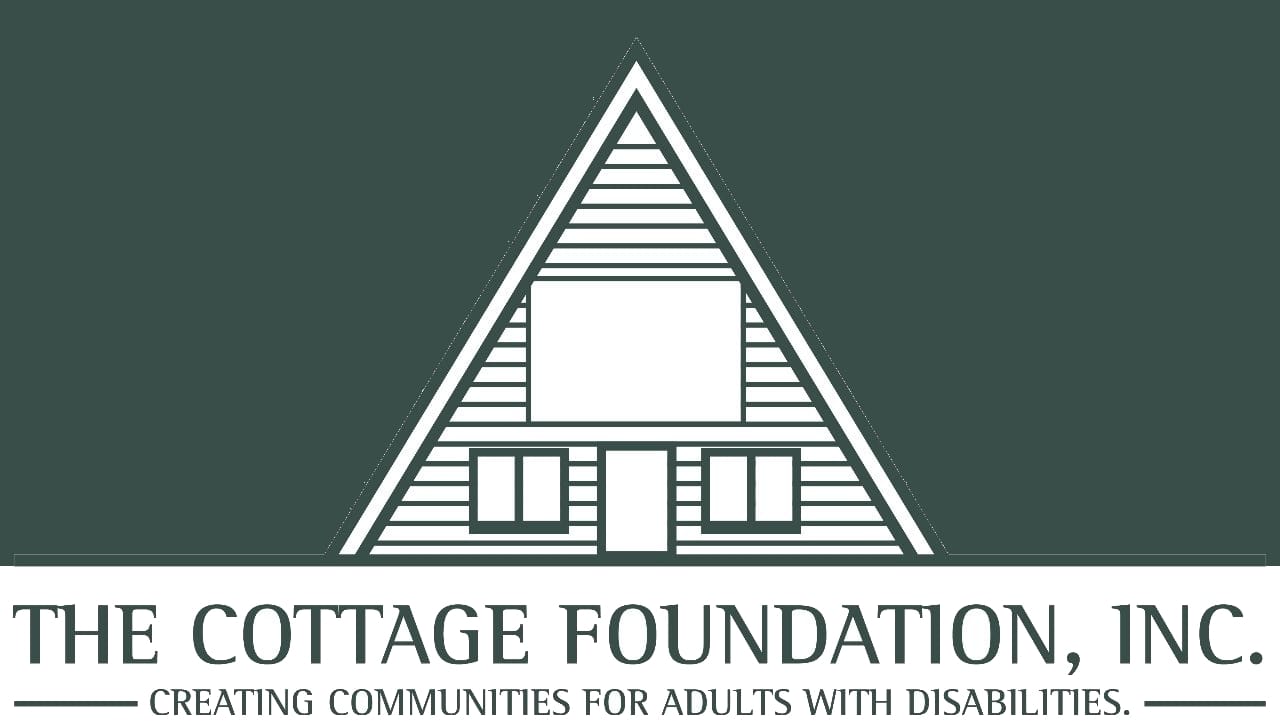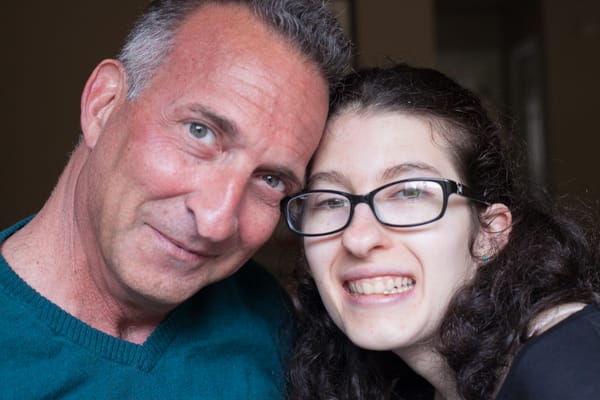The Importance of Permanence in Housing for People with Intellectual and Developmental Disabilities
When it comes to selecting housing for people with intellectual and developmental disabilities (I/DD), the word “permanence” is more than just a buzzword. It’s an essential pillar of stability, security, and independence. For families and nonprofit organizations working with individuals with disabilities, the importance of permanent housing cannot be overstated.
But in an increasingly transient world, where renting has become the norm for many, the reality for people with I/DD is often a constant shuffle—moving from one temporary housing arrangement to the next. While renting offers flexibility, it can be a significant barrier to long-term stability and independence for individuals with disabilities.
Why Permanence Matters
At the core, permanence in housing means security—knowing that a person has a home they can rely on for years to come. For people with intellectual and developmental disabilities, and for their parents, this stability is vital for several reasons:
Emotional Security: People with I/DD often thrive in stable environments. Moving frequently disrupts their routines, causes anxiety, and can make it harder to form long-lasting social connections. A permanent home provides a sense of belonging, which is foundational to mental and emotional well-being. It’s a place where individuals can build relationships with neighbors, participate in community activities, and develop a stronger sense of identity.
Independence: When people with disabilities have access to permanent housing, they can personalize their living spaces to meet their needs. This might include installing accessibility features, adjusting layouts, or using assistive technologies to enhance daily living. In a permanent home, individuals are empowered to take control of their environment and foster greater independence—a key factor in promoting dignity and self-esteem.
Long-Term Stability: A permanent home ensures that individuals with I/DD are not constantly forced to navigate the upheaval of moving. The ability to live in one place allows them to establish long-term relationships with neighbors, caregivers, doctors, other essential services. This consistency is invaluable in fostering self-sufficiency and improving overall quality of life.
Financial Security: Homeownership—or long-term rental contracts—provides the financial stability that renting often cannot. For families and individuals with disabilities, having a permanent living situation helps in budgeting and financial planning. Owning a home, for example, builds equity over time, offering potential for financial growth and security. Renting, on the other hand, often drains resources with little long-term payoff.
The Challenges of Renting
Renting, while often seen as a more flexible and short-term option, poses a range of issues for people with I/DD:
Lack of Control: Renters have limited control over their living space. A landlord can raise rents, change the lease terms, or even decide not to renew a lease, forcing renters to move unexpectedly. For someone with I/DD, this lack of control can be particularly destabilizing. Having to leave a familiar neighborhood, community, or home can be overwhelming and confusing.
Short-Term Stability: In many areas, rental agreements are typically short-term, often lasting just a year. For people with disabilities, the uncertainty of whether they’ll have to move again when the lease is up can create significant stress. Unlike homeowners, renters rarely have the long-term stability that allows them to truly settle and integrate into a community.
Financial Uncertainty: Renting can also be financially draining in the long term. Rent payments don’t build equity or provide an asset. For families and individuals living on a fixed income, the lack of investment in the property can feel like a financial dead end. This is especially true for those with I/DD, who may face challenges in increasing their earning potential. The stability of owning a home, or even securing a long-term rental agreement, can provide families with a clearer financial path forward.
Limited Accessibility and Adaptation: Renting limits the ability to modify living spaces. Individuals with disabilities may need to adapt their environment with features like ramps, widened doorways, or specialized bathroom facilities. Renters are often restricted from making these changes, and even if modifications are allowed, they may not be feasible in the long term if the lease isn’t renewed. This makes it hard for people with disabilities to truly customize their homes to fit their needs over time.
The Case for Permanent Housing Solutions
For nonprofits, parents, and advocates working with people with I/DD, the focus should be on creating permanent housing solutions—whether through homeownership, long-term rentals, or supportive housing models that provide both stability and autonomy. Here’s why this approach is essential:
Predictability and Planning: Permanent housing allows families and individuals to plan for the future. Parents can make decisions about long-term care, finances, and health needs without worrying about where their loved one will live in a few months. For individuals with I/DD, knowing where they will live tomorrow is one less worry in an already complex life.
Community Integration: Permanent homes offer individuals the chance to become part of the community. When people have stable housing, they can participate in community activities, build lasting friendships, and develop connections that improve their social inclusion. Long-term housing options allow for deeper engagement with neighbors and local organizations—creating a more inclusive society for everyone.
Customized Care: Permanent housing options also provide the ability to create more customized care and support structures. Whether through modifications to the home or the addition of support staff, permanent housing enables individuals to personalize their living situation in ways that renting often cannot.
Long-Term Support Networks: Permanent housing also facilitates the establishment of caregiver networks and long-term support structures. Families and service providers can coordinate efforts around housing and support, ensuring that people with disabilities have access to consistent care and resources over time. This type of continuity is essential in promoting self-sufficiency and ensuring that individuals continue to thrive in the long term.
The Path Forward
The contrast between renting and permanent housing options highlights a critical gap in the housing landscape for people with intellectual and developmental disabilities. While renting may offer temporary solutions, it’s clear that permanent housing provides the foundation needed for long-term stability, independence, and personal growth.
For nonprofit organizations, it’s important to advocate for policies that promote permanent housing options that cater specifically to the needs of individuals with disabilities. Whether through permanent supportive housing, homeownership opportunities, or long-term rental agreements that offer security and stability, we must focus on creating environments where people with I/DD can not only survive but thrive.
For families, the goal should be to find a living arrangement that promotes long-term stability and allows their loved ones to live with dignity and independence. Permanence in housing offers individuals with disabilities the ability to grow, engage, and contribute meaningfully to their communities.




